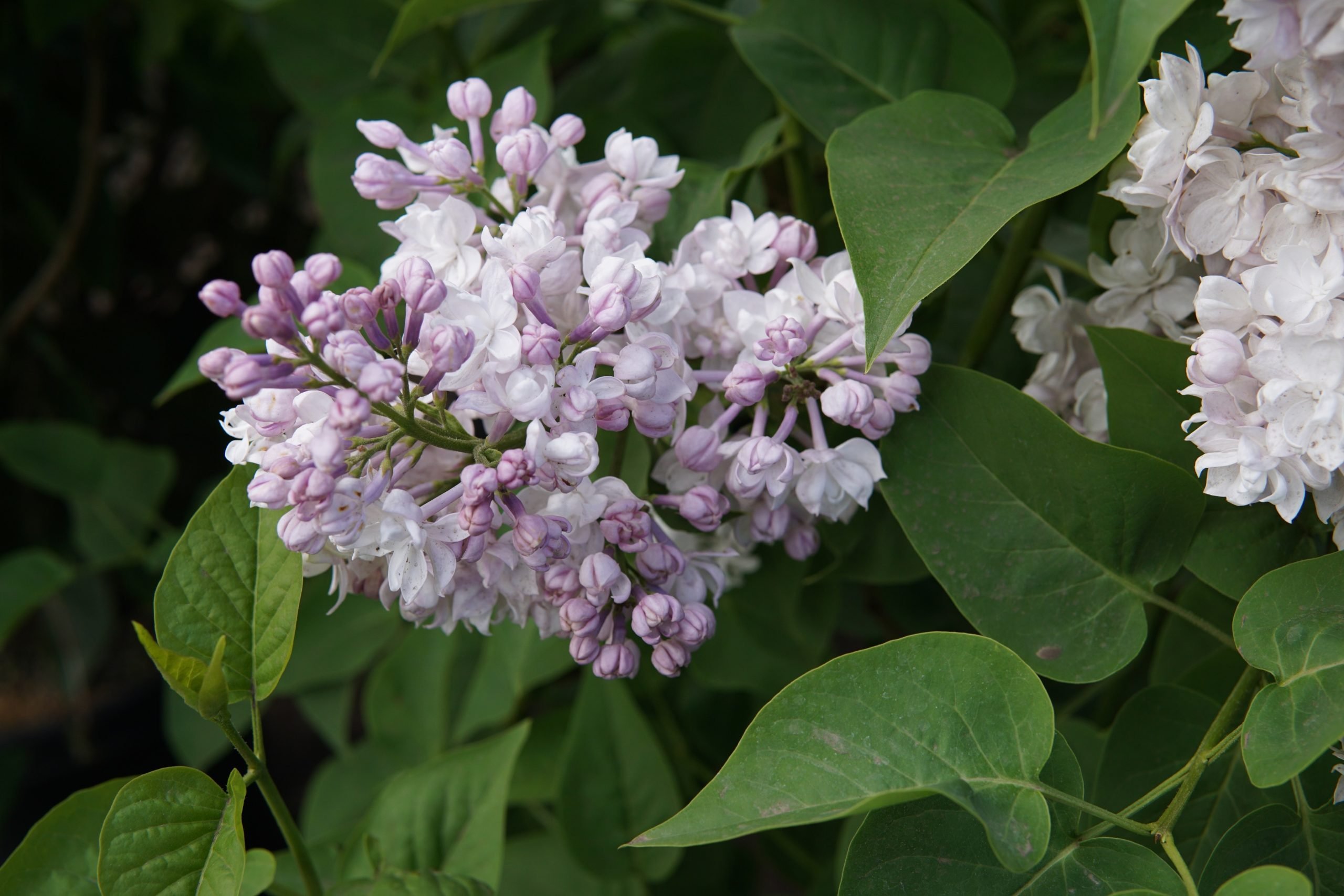The beauty of Moscow Lilac is of the categories of lilies. This plant contains stunning, big, and double flowers in white color. Interestingly Moscow grows in the middle of spring. And also makes it is surrounding pleasant and fragrant. Similarly, these flowers have the best capabilities to resist various kinds of diseases as well as pests. It is about 15 feet tall and 12 wide. To clarify this, after 10 years of plantation Moscow lilacs grows up to 3xm in height.
Features Of Syringa vulgaris:
- Moscow lilac is also known as Syringa vulgaris.
- It is an appealing scent.
- These are long, attractive and beautiful shrubs.
- This plant attracts hummingbirds and butterflies to it due to its beauty.
Origin: These flowers were the first time originated in the year 1943 by Leonid Kolesnikov in Russia.
Suitable Environment To Grow: The ideal environment to grow lilac plant includes well-drained, fertilized, and dry or medium moisturized soil. These flowers are unable to grow in acidic soil and thrive in chalky soil.
Botanical Name: Syringa vulgaris ‘Krasavitsa Moskovy’ is its botanical name.
Common Names: The beauty of Moscow is also known as lilac flowers.
Height: This flowering plant grows up to 12 – 15.
Light needs: Complete sunlight and partial shades.
Colour tone: White
Foliage Type: The leaves of these flowers are evergreen and just like hearts in shape.
Flowering Time: Rows to its fullest in spring.
Growth Rate: Lilac plant growths with normal speed.
Pruning: After flowers, a gardener can prune these flowers for better shape.
Tips To Grow Healthy Flowers:
The following are some of the beneficial tips for the best lilac plant growth:
- These flowers prefer to grow in light shades.
- Full sunlight is recommended for perfect growth.
- Mulching is appreciable in the bright sunlight.
Frequently Asked Question:
Do these flowers smell good?
The beauty of Moscow is one of the most attractive flowers because of its sweet fragrances.
Is Moscow lilac poisonous to living organisms?
No these flowers don’t contain toxic substances.
Alternative:

